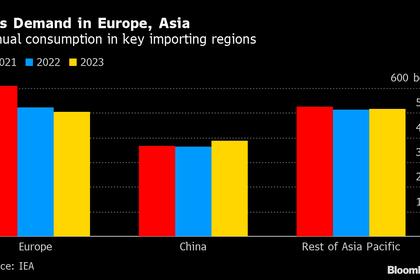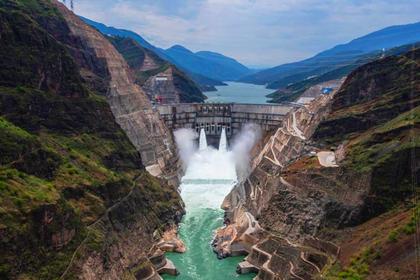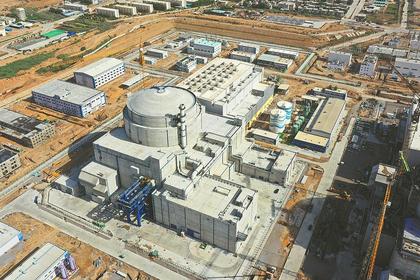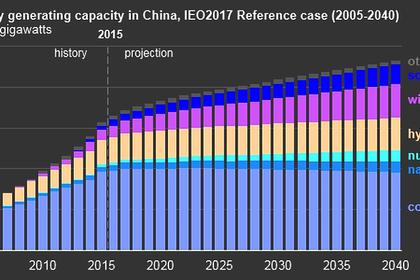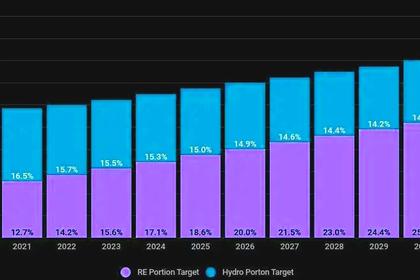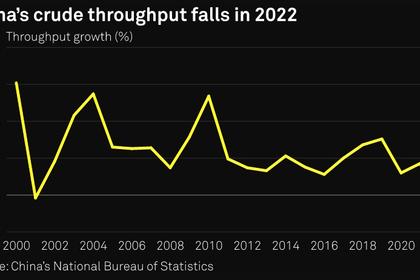
CHINA ENERGY MODERNIZATION
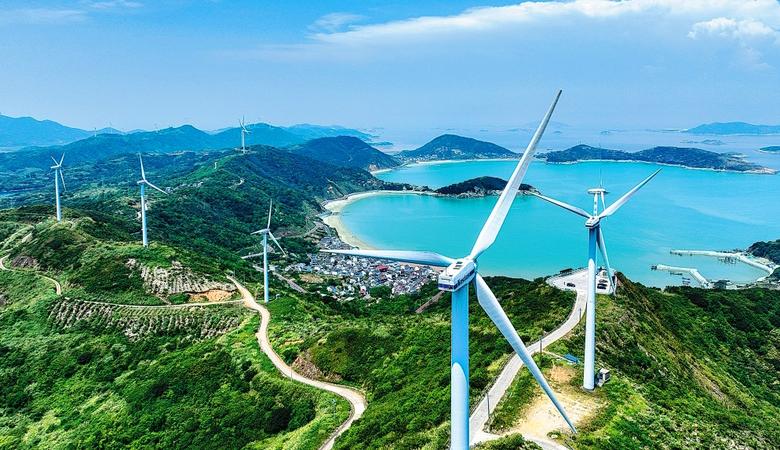
PLATTS - 13 Mar 2023 - China needs to revamp its power grid to continue to absorb 100 GW and above of solar generation capacity every year, including upgrading the technology and introducing commercial business models that enable higher solar power consumption, according to experts at a recent forum hosted by China Photovoltaic Industry Association.
China has accounted for the world's largest solar capacity addition in recent years, with around 30% of installed global capacity, but most of the low-hanging fruits have been picked, and deeper penetration into the energy mix requires overhauling large parts of the power system.
Increasing the share of solar power exacerbates the intermittency challenge for a power system initially designed to accommodate electricity generated from fossil fuels, and power distributors globally are now redesigning the grid to accommodate unprecedented levels of renewable energy.
"If our industry aims to continue capacity expansions but still relies on the large power grids to digest them, the growth in capacity will be limited," Li Peng, Deputy Director of Strategic Planning Department with China's state-owned generation utility State Power Investment Corporation or SPIC, said at the forum.
Li said the existing grid can face challenges in adapting to a significant increase in the peak-to-trough fluctuation in daily power supply that can result from this year's planned 100 GW solar capacity addition.
"If we rely on the large power grids too much, even if we really manage to add 150 GW or even 200 GW this year, what will happen in 2024 is either a low utilization rate of many generation facilities, or a sharp decrease in the capacity addition," he added.
He also said that under the original approach, the ceiling for capacity additions has already been seen and without innovative business models, 100 GW is close to the maximum that can be added every year.
"Our forecast showed that during the 14th five-year plan period [2021-2025], through hard work, digesting 100 GW/year of solar and wind capacity addition should not be a big problem. But this is just a rough estimation," said Li Qionghui, Director of the New Energy and Statistics Center, State Grid Energy Research Institute, the research arm of China's national grid company.
Momentum shifts to distributed solar
SPIC's Li recommended a "solar PV plus" business model under which plants are integrated with industries without the dependency on grid upgrades and long-haul transmission, such as rooftop solar panels.
"This requires coordinated innovation by the solar PV industry, project developers and electricity users," he said. China's energy revolution is not only about making the pie bigger, but also reforming the demand side to make consumption of the pie easier, he added.
Before 2020, most solar PV capacity additions were from large-scale, centralized power plants, but distributed solar expanded rapidly in the past three years, driven by the commercial and industrial sectors, according to analysts at S&P Global Commodity Insights.
"China's distributed solar PV capacity addition exceeded 50 GW in 2022, which surpassed Germany's addition in the past ten years. This is very remarkable," State Grid's Li said.
In 2022, China's solar PV capacity addition totaled 87.41 GW out of which distributed solar PV accounted for 58.5% and the large, centralized solar plants only accounted for about 40%, Liu Jianquan, Deputy General Manager of New Energy and Power Department, Power Construction Corp of China or PowerChina, said at the forum.
He said enthusiasm for investing in utility-scale solar has been dampened by price volatility along the supply chain, especially the surging price of solar PV modules.
PowerChina, one of the largest engineering, procurement, and construction or EPC contractors in China, estimated that solar PV modules alone account for about 50% of the total cost for a solar PV EPC project, and prices remain very volatile.
"We've been through several rounds of volatility: the glass market in 2019, the silicon material market during 2020-2022, and the PV inverter market is likely to be the next. After several upheavals, the cost goes up and we all can only secure short-term earnings," SPIC's Li said.
"In 2018, China's solar PV capacity addition fell 30.8% year on year to 23.3 GW, while in 2022, it rose 59.3% year on year to 87.41 GW. The industry cannot adapt to such ups and downs," he said, adding that a stable policy environment is needed for long-term investment.
The executives also pointed to a steep increase in demand for solar equipment in foreign markets that led to tight domestic supplies and pushed domestic prices higher.
Zhang Xiaochao, Deputy Director of New Energy Division with state-owned generation utility China Huaneng Group, said the country's planned mega renewable energy projects in the desert areas of remote provinces like Inner Mongolia, Xinjiang, Gansu, and Qinghai also face increasing uncertainties due to relatively long lead times, explaining that these projects usually take 3-5 years from planning, approval, construction to commissioning.
Such projects need to be bundled with some thermal power capacities to cope with the intermittency issue, which could also result in delays, he added.
-----
Earlier:
